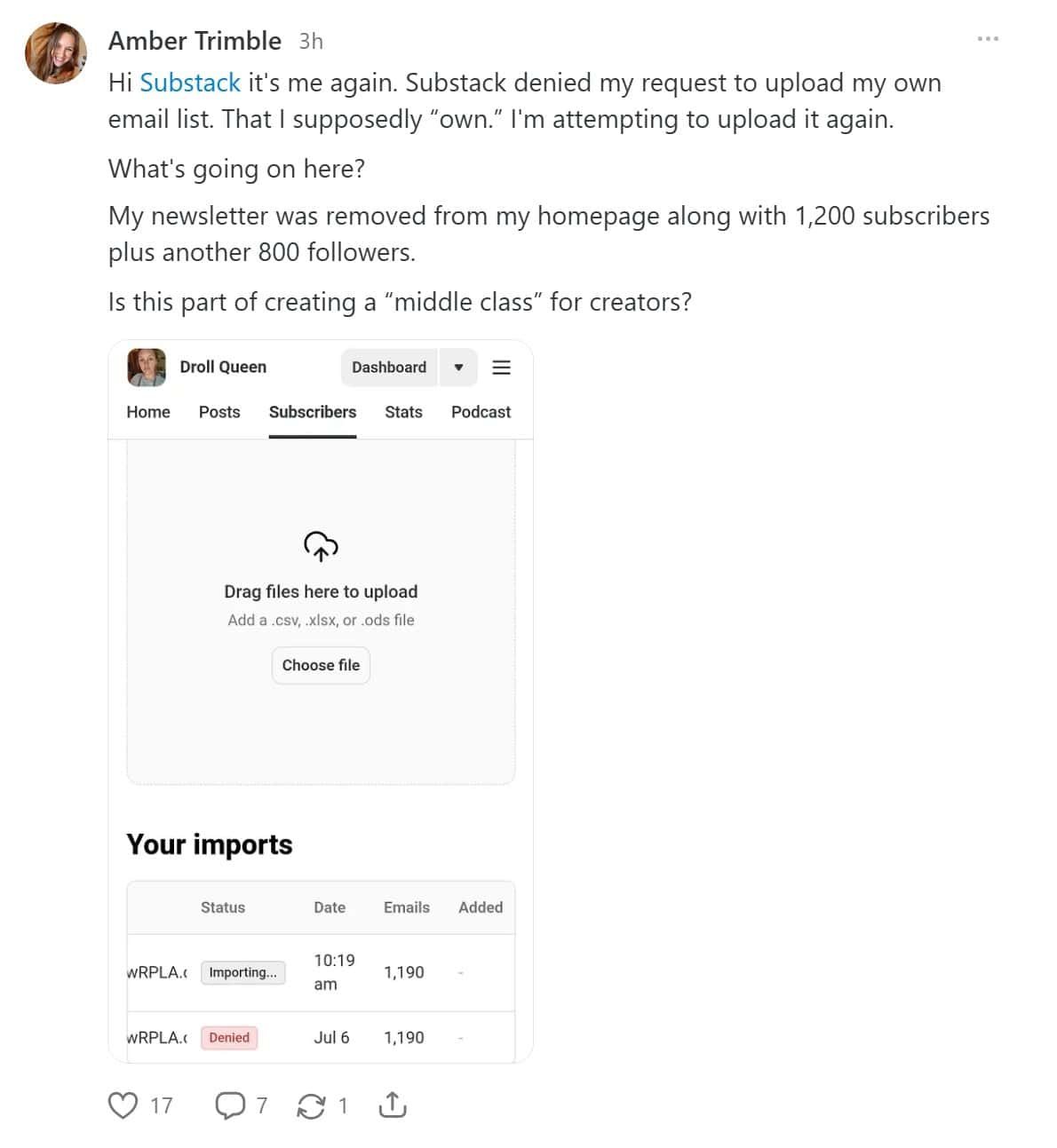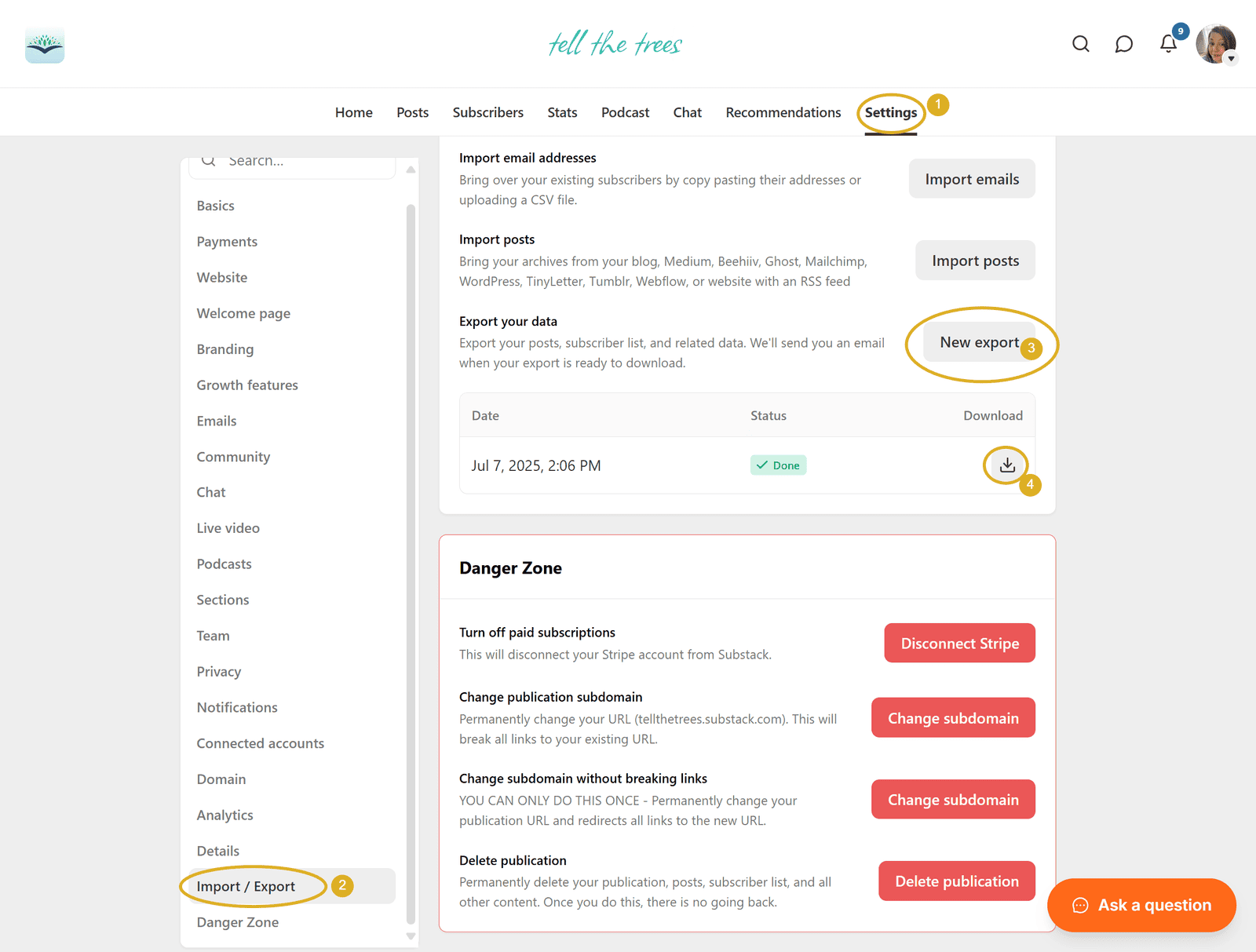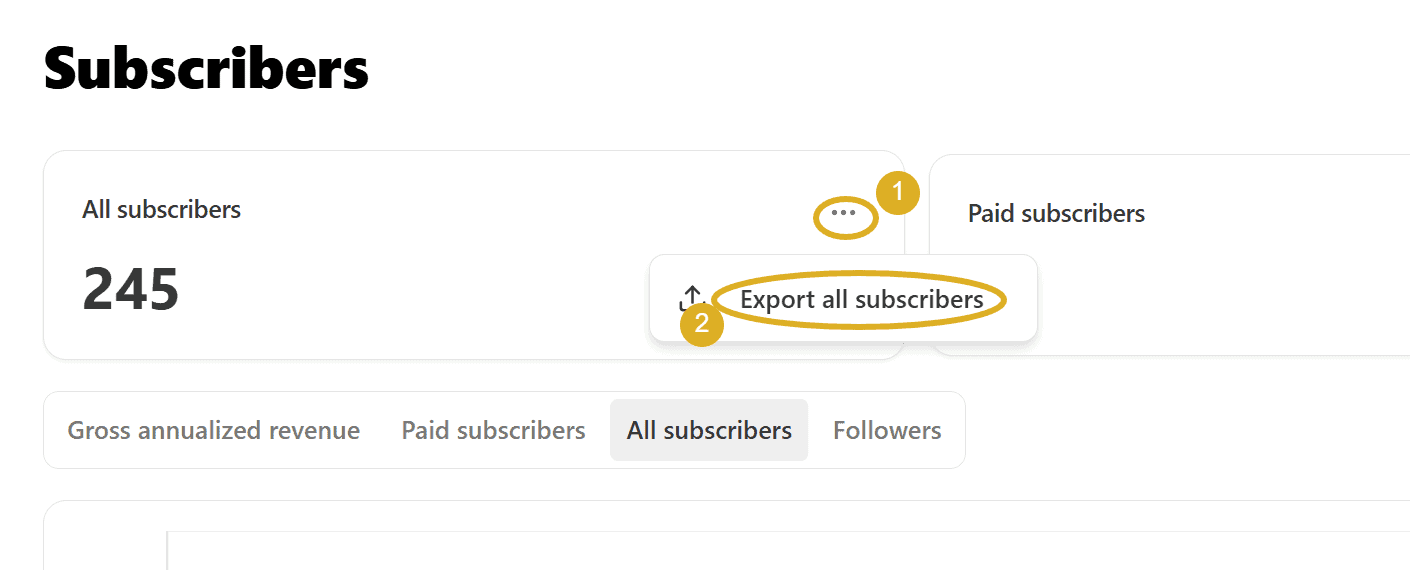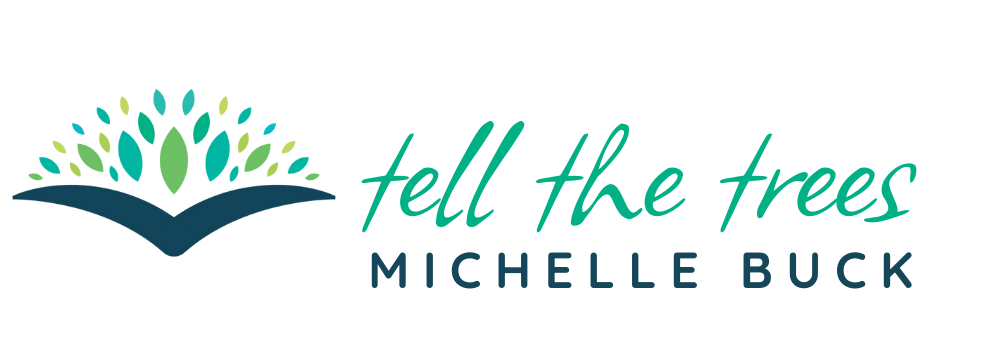by Michelle
Share
by Michelle
Share

Picture this nightmare scenario: You’ve spent two years of your life religiously building your newsletter on Substack. Every single day, you’ve crafted thoughtful posts, engaged with your growing community, and watched your subscriber count climb. Then you wake up one morning, check your dashboard, and see a big fat zero where your subscriber list used to be.
Here’s the strange part—most authors worry about the wrong things on Substack. They stress about content quality, posting schedules, and growing their audience. But the biggest threat isn’t competition or algorithm changes. It’s something far more basic: the platform itself.
This one pitfall has blindsided even seasoned creators, and it’s completely preventable if you know what to look for.
Don’t get me wrong, Substack can be an incredible tool for authors. But after spending six months on the platform myself (and hearing some absolute horror stories), I’ve learned there’s a right way and a very wrong way to approach it.
Why Authors Are Flocking to Substack (And Why I Get It)
When I first moved from Medium to Substack earlier this year, I’ll be honest—I was pretty reluctant. I was tired of platform-hopping and just wanted somewhere that actually worked for building an audience. But within a few months (with some slacking off in between), I’d grown from zero to 250 subscribers, and I could see why so many writers were making the switch.
Clean, Writer-Focused Interface
Unlike platforms that feel like they’re designed by engineers for engineers, Substack puts your writing front and center. Your posts don’t get buried under weird formatting quirks or competing widgets. Your publication actually looks like something you’d want to read.
Built-In Audience Engagement
Remember when Medium basically made reader engagement an afterthought? Substack swings in the complete opposite direction. Comments feel natural, the chat feature lets you send quick updates to your whole list, and the recommendation system actually helps readers discover your work organically.
Email Distribution That Actually Works
Every time you publish, your subscribers get an email. Period. Your content lands directly in their inbox instead of getting lost in some feed they might never check. It’s refreshingly straightforward.
Monetization Without the Headache
For authors ready to monetize, Substack handles the payment processing, manages subscriptions, and even provides analytics to track your growth. It’s like having a business team without actually hiring one.
Discovery Features That Feel Natural
The recommendation system means other newsletter creators can suggest your work to their audiences. It’s like word-of-mouth marketing, but systematized. When it works, it can lead to rapid, organic growth.
The Dark Side That Substack Doesn’t Talk About
Want to know why I treat Substack like a useful tool rather than my entire business strategy? Keep reading.
You’re Renting Space
This is the big one that trips up so many creators. When you build exclusively on Substack, you’re essentially renting an apartment in someone else’s building. They control the rules, they can change the terms, and yes—they can evict you with little to no warning.
I’ve seen creators lose everything overnight. One writer I know, Amber, built her list to 1,200 subscribers over months of consistent work. One morning, her thousands of subscribers had simply vanished. Her publication was still technically there but hidden from her profile. The only way people could find it was through a direct link—which defeats the entire purpose of having a discoverable publication.
When she tried to upload her backed-up email list to a new Substack publication, they denied the request. Two years of relationship-building, gone.

The Fee Structure Adds Up Fast
Substack takes 10% of your paid subscriptions, plus Stripe takes another 2.9% and 30 cents per transaction. For authors just starting to monetize, that can be a significant chunk of your revenue—especially when you’re already working with smaller subscriber numbers.
Compare that to running your own email list through platforms like Mailerlite or ConvertKit, where you pay a flat monthly fee and keep 100% of your revenue (minus standard payment processing fees). The math starts looking different when you’re thinking long-term. The main way you’d use your own email list is by providing your own offers instead of writing thousands of posts for $8 per subscriber.
The Algorithm Can Work Against You
Substack’s discovery algorithm has some quirks that can backfire. Engage with one political post, and suddenly your feed is flooded with conspiracy theories and extreme content you never asked for. While you can adjust your settings, the platform seems to prioritize engagement over relevance, which can make for a frustrating user experience.
For your subscribers, this means they’re constantly being bombarded with recommendations for other newsletters. It’s like having a store where every checkout includes a display of your competitors’ products.

Change Your Interests in Substack Settings
Limited Control Over Your Brand
While Substack offers some customization options, you’re still ultimately working within their design framework. You can’t fully control how your emails look, how your website functions, or how your brand is presented. For authors who want to build a distinctive brand presence, this can feel restrictive.
Smart Strategies for Using Substack Without Getting Burned
The key isn’t avoiding Substack—it’s using it strategically while protecting yourself from platform dependency.
Regular Backup Is Non-Negotiable
Substack makes it relatively easy to export both your subscriber list and your posts. Do this monthly, at minimum. I recommend weekly if you’re actively growing. Store these backups in multiple locations—your computer, cloud storage, wherever you keep important business documents.
This isn’t paranoia; it’s basic business protection. Think of it like insurance for your audience relationship.
To export your posts, go to your Substack Dashboard for your publication. Click on Settings. Then to the left, choose import / export. Then export your posts and data (you’ll get an email once it’s finished and can go back to the dashboard to download the zip file.)

Backup your posts in Substack
To export your subscribers, go back to your main dashboard for your publication. Click on the rectangle that shows your subscribers. Then you’ll be taken to another screen that just shows subscribers. Click on the three dots next to the subscriber count for all subscribers. Then export all subscribers and save to your computer. You can use this list as a backup or upload the list to your mail service provider.

Build Direct Relationships Outside the Platform
Encourage your Substack subscribers to connect with you in multiple places.
This might mean:
- Subscribing to your YouTube channel
- Following you on LinkedIn or other social platforms
- Signing up for a lead magnet on your actual website
- Joining a Facebook group or Discord community you manage
The goal isn’t to spam people across platforms—it’s to create multiple touchpoints so that if one platform fails, you haven’t lost the entire relationship.
Consider Running Parallel Email Lists
This is where having a backup email service like Mailerlite or ConvertKit becomes invaluable. You can periodically add your Substack subscribers to your main email list, ensuring you always have a direct line of communication.
Some authors run their Substack as their “public” newsletter while maintaining a more intimate, direct email list for their core audience. This strategy gives you the best of both worlds—Substack’s discovery features plus the security of owning your list.
Substack Isn’t Your Entire Strategy
The authors I know use Substack as part of a diversified platform strategy. They might publish on Substack, maintain their own website, create YouTube content, and stay active on one or two social platforms.
You don’t need to spread yourself too thin though. Your strategy is more about creating multiple ways for readers to find and follow your work. If one platform changes its rules or disappears entirely, you’re not starting from scratch.

The Exit Strategy Every Author Needs
Here’s the question that separates smart platform users from platform victims: If Substack disappeared tomorrow, how would you reconnect with your audience?
Your exit strategy might include:
- Backed-up email lists you can upload to another service
- A website where people can find you independently
- Social media presence on platforms your audience actually uses
- Direct contact information for your most engaged readers
- Alternative newsletter platforms you’ve tested and could switch to quickly
The authors who weather platform changes best are those who never put all their eggs in one basket, no matter how shiny that basket might be.
Making Substack Work for You (Not the Other Way Around)
Substack can be an incredible tool for authors—when used strategically. It’s particularly valuable for:
Beginning Authors who want to learn newsletter best practices without the technical overhead of managing their own email system.
Writers Testing Their Voice who want to experiment with different content styles and topics while building an audience.
Authors Seeking Community who thrive on the engagement and discovery features Substack offers.
Creators Who Want Monetization Options but aren’t ready to build their own payment systems.
The key is approaching it with the right mindset: Substack is a powerful tool in your author toolkit, not your entire business foundation.
Ready to Build a Bulletproof Author Platform?
If you’re serious about building a sustainable author platform that you actually control, you need more than just a Substack account. You need a comprehensive strategy that protects your audience relationships while maximizing your growth potential.
That’s exactly what I cover in my Build Your Email List with MailerLite + Substack Course, where I reveal the secret weapon combo that savvy self-published authors use to build genuine connections with their audience—without the tech headaches. You’ll learn how to leverage Substack’s discoverability (hello, new readers!) while maintaining complete control with MailerLite’s marketing muscle.
This course is perfect for non-fiction authors who want to:
- Build a direct line to readers who’ll buy your next book
- Create additional income streams beyond just book sales
- Share your writing process and behind-the-scenes content
- Build a community around your expertise
This isn’t about working harder—it’s about working smarter by using each platform for what it does best. By the end, you’ll have a sustainable system that turns casual readers into superfans while keeping you in complete control of your author business.
I break everything down into simple, actionable steps that even the most tech-resistant author can follow, complete with swipe files and checklists—everything you need to be successful! You can finally stop worrying about platform changes and start focusing on what you do best: writing.
The most successful authors aren’t the ones who master one platform—they’re the ones who master the art of building genuine audience relationships that goes beyond any single website or app.
Tell the Trees is supported by its readers. When you make a purchase using links on this site, it may result in affiliate commission. Please visit my affiliate disclosure page for more information.
Let's Discuss It
Accessibility isn’t just nice to have; in fact, it’s now more important than ever. In 2025, over 1.3 billion people worldwide live with some form of disability, and many use e-readers or screen readers to access digital content. Yet most self-published authors continue to create ebooks that unintentionally exclude these readers. Microsoft Word, a tool
After my post about the European Accessibility Act, I got some fantastic questions from you that made me realize we need to have a more practical conversation especially regarding digital products. My original post focused on what’s been published — either written by lawyers for lawyers or aimed at big publishers with compliance departments. But what
One of the most often missed topics when it comes to writing and your office workspace is productivity. As a writer, you are focused on drafting, editing, book covers, ARC Reviews, and other important self-publishing topics, we forget that there are more efficient ways to do things. In your office or writing space, you might
As authors, we put our hearts on the page and then send our work out into the world, hoping it resonates with readers. But let’s be real—not everyone is going to love what we create, and some people are going to be downright nasty about it. If you’ve ever published a book, shared your writing








